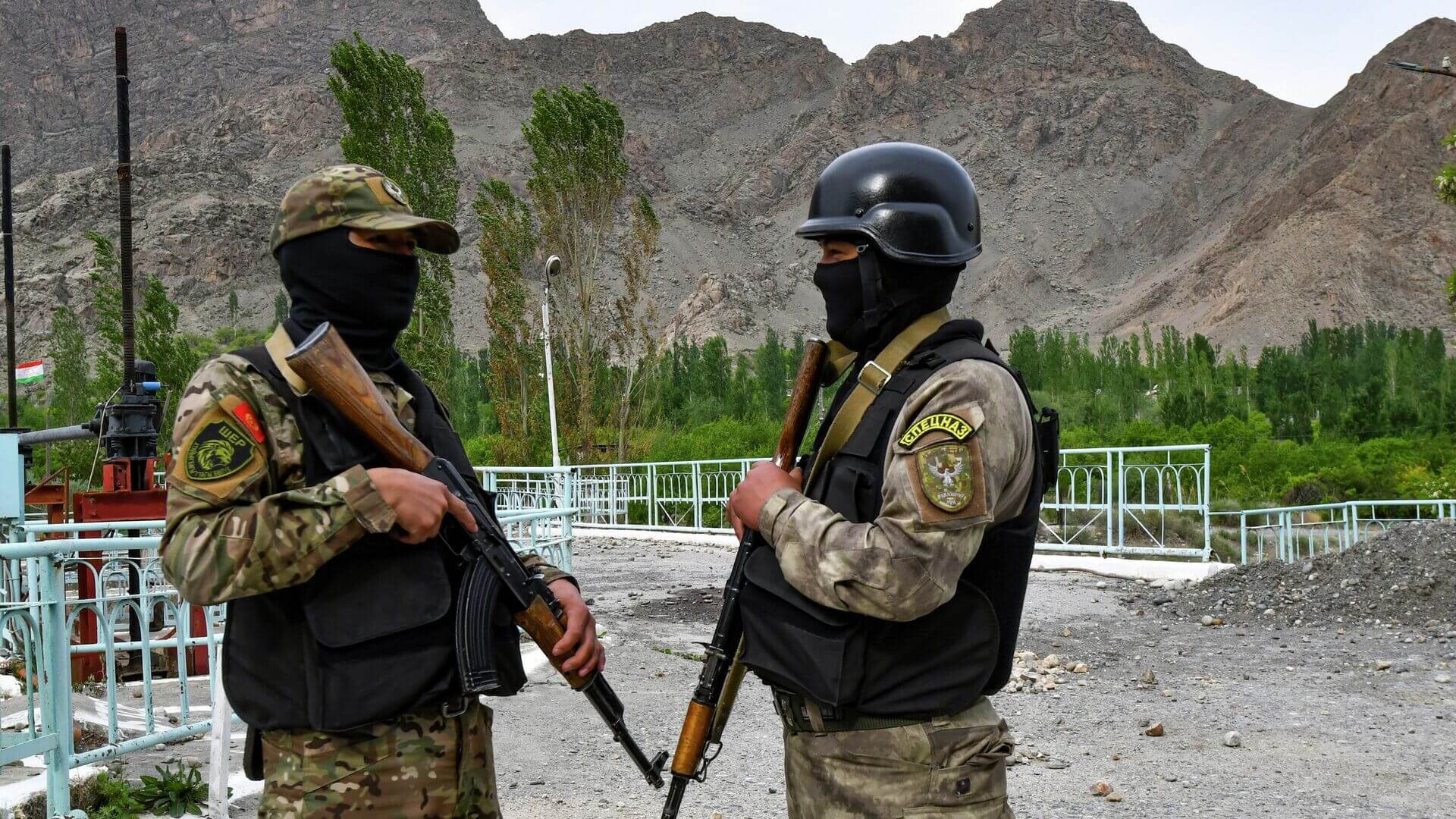Almost 100 people died over the weekend during ongoing fighting between Kyrgyz and Tajik border security forces despite several attempts to forge a ceasefire. Violent clashes once again erupted along the volatile border on Friday after Bishkek and Dushanbe accused each other of violating their respective border lines and shooting at their soldiers.
Kyrgyzstan announced on Sunday that Tajikistan had agreed to a ceasefire and the situation along the border remains calm. However, RFE/RL reported that fighting continued despite the truce and the situation remains tense.
Kyrgyzstan claimed that 59 of its citizens have been killed and a further 140 have been wounded. Kyrgyz officials also reported that they have evacuated 140,000 people from the conflict-affected regions.
Tajik officials, meanwhile, told RFE/RL that the death toll on its side is 39. The agency reported that women and children were among the casualties.
#UPDATE Putin called for no further escalation between #Kyrgyzstan and #Tajikistan in calls with the countries' leaders following intensifying border clashes.
— AFP News Agency (@AFP) September 18, 2022
📸 Volunteers carry humanitarian aid for people evacuated from the town of Batken, Kyrgyzstan near the border. pic.twitter.com/44ERi6Ucsa
Kyrgyz officials accused Tajikistan of deliberately provoking fighting by sending its troops across the border into the Batken region. Bishkek said despite warning Tajik forces to leave, they continued to “take combat positions.”
“Dushanbe blames Bishkek for creating a conflict situation, but the Tajik side had been making preparations in advance and it actively used tanks, mortars, armoured vehicles and Grad multiple launch rocket systems,” the Kyrgyz National Security Committee (NSC) said.
The Kyrgyz foreign ministry accused Tajikistan of launching a “misinformation campaign” to “discredit [Kyrgyzstan’s] defensive actions.” The ministry noted that “Kyrgyzstan has all the evidence (photos and video footages) of the beginning of aggression, crimes and atrocities of the Tajik soldiers on the territory of our country.”
“We are ready to provide the evidence, if necessary,” it emphasised.
Kyrgyzstan-Tajikistan conflict has escalated to levels possibly beyond April 2021. Flashpoints across distant sections of the border. Kyrgyz media reporting that even Batken has been shelled, which is a dangerous and unprecedented development pic.twitter.com/pDJfVY0uII
— Peter Leonard (@Peter__Leonard) September 16, 2022
Bishkek also accused Dushanbe of engaging in “unlawful and destructive activities,” including the deployment of irregular paramilitary groups. “The actions of the Tajik side may lead to the outbreak of a large-scale interstate conflict, as well as to the destabilisation of the situation in the Central Asian region as a whole,” it said.
Meanwhile, the Tajik foreign ministry blamed Kyrgyzstan for starting the conflict and claimed that the Kyrgyz military shelled Tajik military posts in the Kekh region. “The Kyrgyz side carried out the transfer of additional forces and heavy equipment to the border areas. The Tajik side was forced to return fire,” it noted.
It also accused Kyrgyz forces of killing civilians, including elderly citizens, women, and children. In addition, it claimed that the Kyrgyz military has used Turkish Bayraktar TB2 drones and attack helicopters to bomb villages.
Amid the conflict, Russian President Vladimir held separate phone calls with his Kyrgyz and Tajik counterparts—Sadyr Japarov and Emomali Rahmon. Putin called on Japarov and Rahmon to “prevent further escalation and to take steps for a quick settlement of the situation through exclusively peaceful political and diplomatic means.” He also expressed “Russia’s readiness to provide the necessary assistance to ensure stability.”
2. Points of exchange of gunfire inside the Kyrgyz territory. Curtesy @eurasianet pic.twitter.com/toCg9k2iQP
— Asel Doolotkeldieva (@ADoolotkeldieva) September 18, 2022
Similarly, United Nations (UN) Secretary-General António Guterres urged the two sides to prevent the further escalation of conflict and called for “constructive peaceful dialogue.”
Kyrgyzstan and Tajikistan have been fighting over claims regarding their shared border, especially the fertile Fergana Valley, since gaining independence from the Soviet Union in 1991. The two sides have only successfully demarcated 60% of the 970-kilometre-long border—the rest remains disputed. Efforts to resolve the dispute have failed so far, and the region has witnessed regular clashes.

